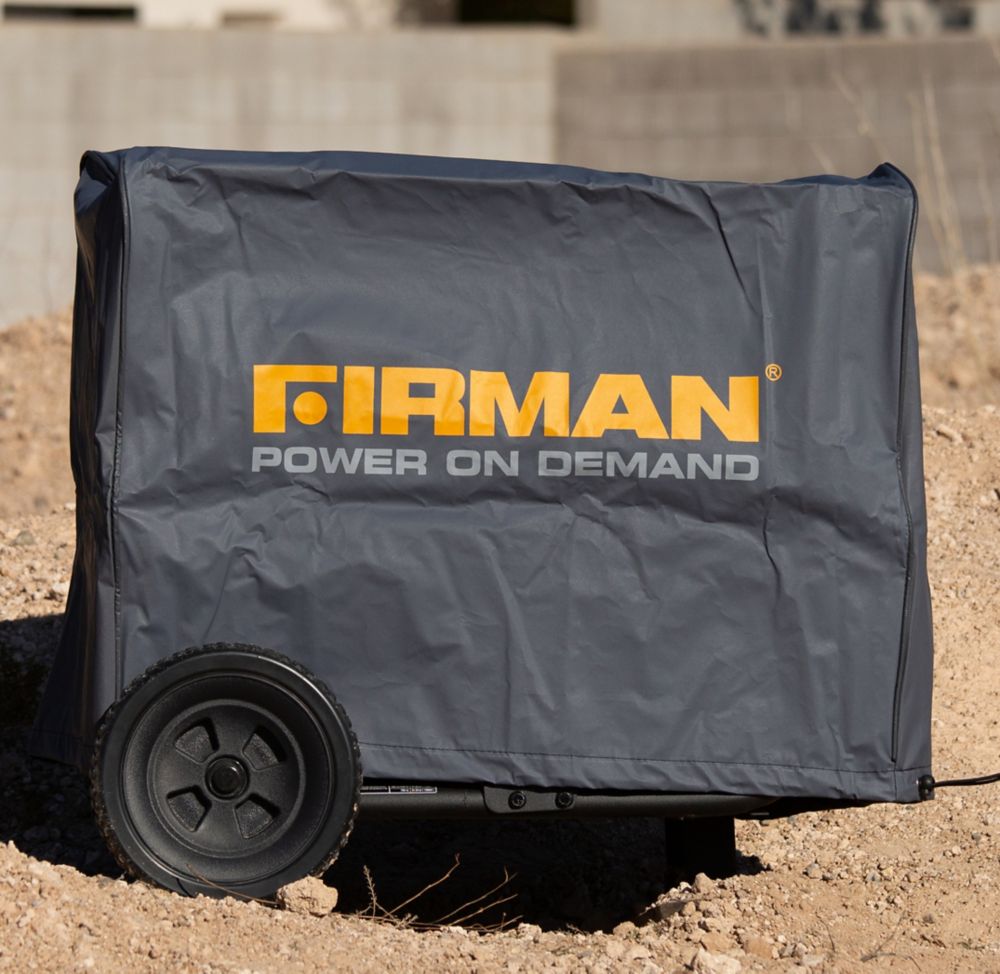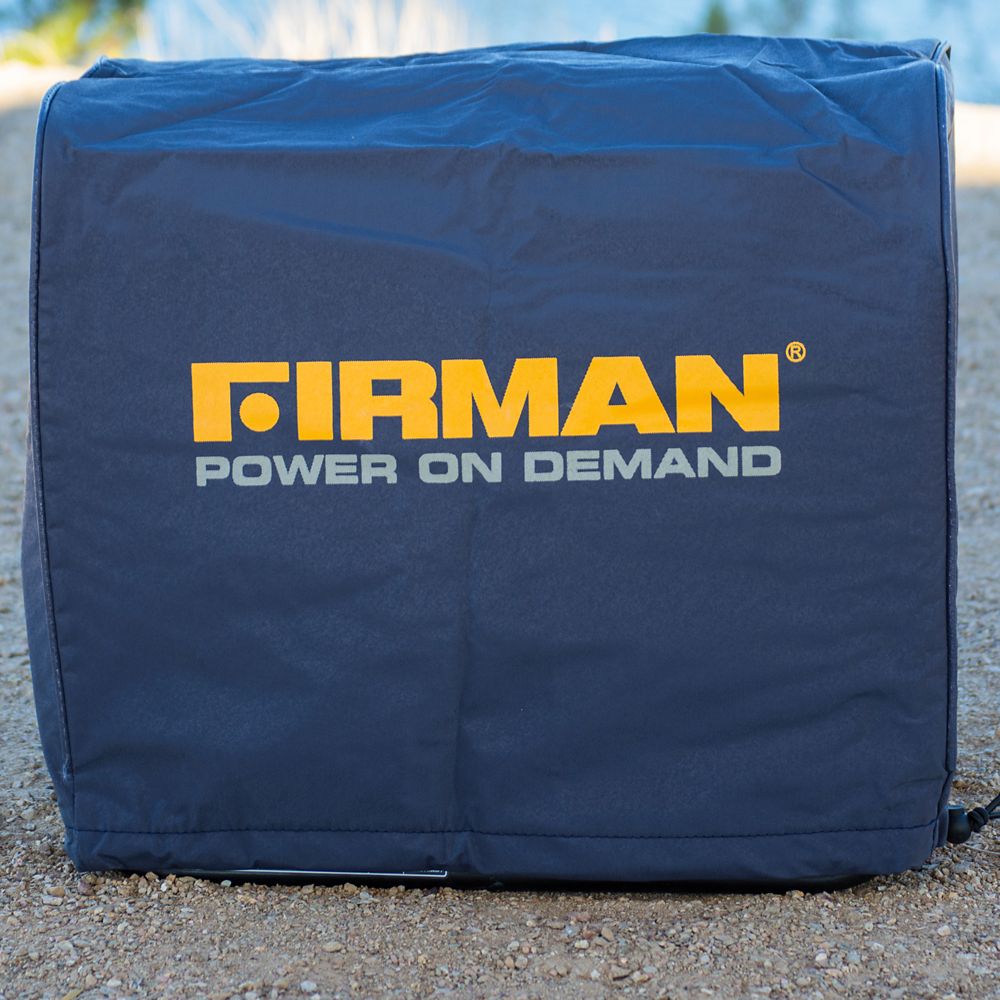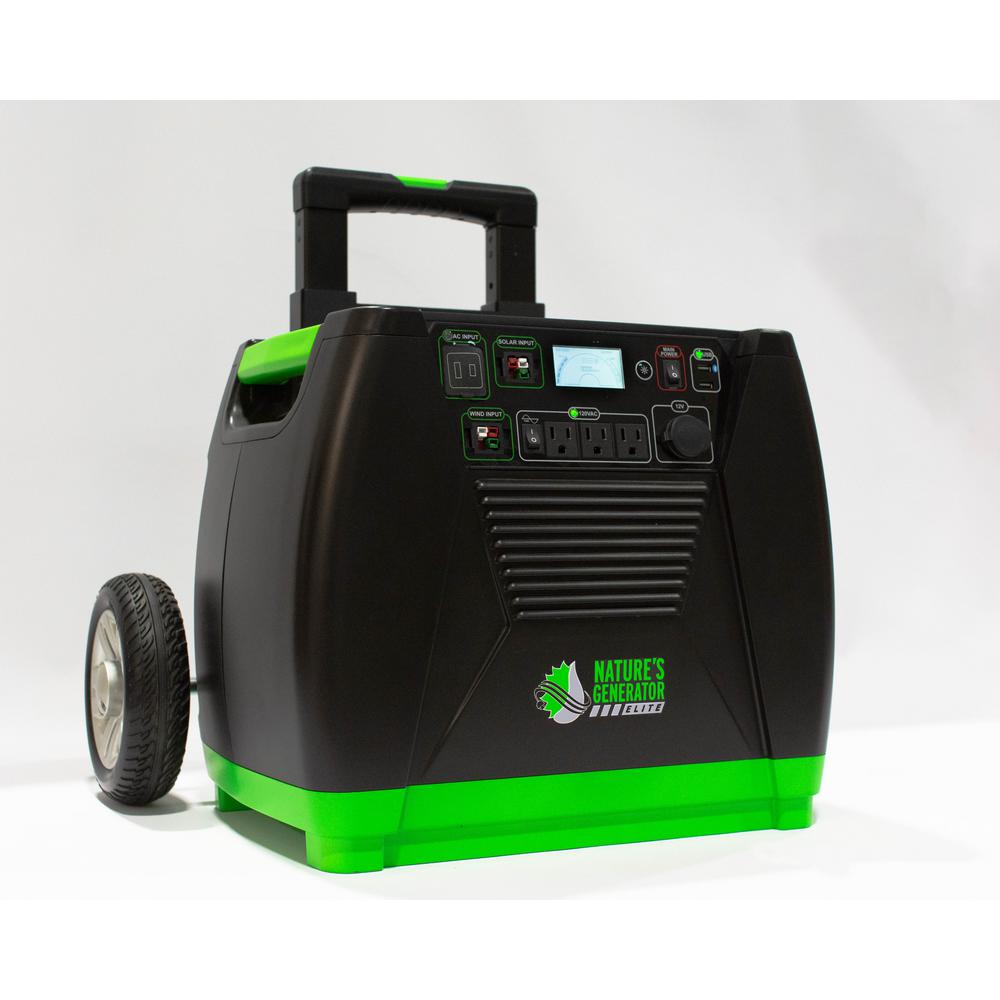A Fast and Easy Guide Generators, Power Station, Tools & Outdoors
Table of Content
- Portable Generator: How Many Watts Do I Need?
- What appliances and convenience items will you need to power?
- What Size Portable Generator for Home Backup?
- What People Are Paying for Generator Rentals in Prague, OK
- Sizing a Portable Generator
- How Big of a Generator Do I Need to Run My House?
- Household Needs
This restricts you from simply comparing LRA with the surge current capability of the generator to complete the selection. Instead, you must work out the requirement of starting watts of your air conditioning unit and check it against the surge wattage of the generator. You can see the example of a 3-ton air conditioner below to understand the procedure. The continuous current that flows when the motor is subjected to its rated load is known as the full load current .
As above, any wattage chart or generator calculator found on the net can only provide an approximate idea of how many watts a particular type of device consumes. To determine exactly how large a portable generator you need, you must assess the exact consumption. This can be done by scanning your appliances’ nameplate details or by measuring the consumed power. Take the larger of the two currents and add the surge current for central AC as calculated above to arrive at the total surge current. The surge current for central AC is the difference between the LRA at 30% voltage sag and the FLA.
Portable Generator: How Many Watts Do I Need?
If all the electrical devices of your entire home need 5.8 kW, you will be inclined to pick the generator of a 6 KW rating. But if any of the lines draw 4 kW power, you need a generator with a total power output of 8 kW. This is not an issue in Europe and elsewhere with the two-wire systems. This will help determine how long your generator can run before needing refueling.

To calculate how much power these loads consume, we merely need to add up their individual wattages. We can help you determine the size of generator you need with an easy-to-use generator sizing guide that considers your home’s running and starting loads and the wiring configuration. We urge you to read through the entire guide to understand the subject thoroughly.
What appliances and convenience items will you need to power?
A generator must have enough surge watts capacity to handle devices that require surge watts at start up to prevent a nuisance tripping of the main power breaker in the generator. When it comes to choosing the right size generator for your home, a good rule of thumb is to calculate what wattage you’ll need. Start by adding up the wattage of all the appliances and devices you want to be able to run at the same time. So you should consider the starting wattage for the reactive loads in addition to the running wattage.
Once you have your total watts, add an additional 20-30% to account for any unexpected power needs or fluctuations in demand. Your home’s electrical system also plays a role in determining generator size. A portable generator or a large inverter generator are ideal for areas with occasional power outages. For example, if you only lose power for short periods of time once or twice a year, these are generators that are a good choice. For the larger inverter generator, you might consider a transfer switch so that the generator kicks on and off automatically when an outage occurs. How often power outages occur in your area is something to consider when you are working to determine correct generator sizing.
What Size Portable Generator for Home Backup?
For example, a fridge will have a lower wattage rating than a hair dryer. To help you choose the right size generator for your home, we’ve created this handy chart. Simply find your home’s square footage in the left-hand column and then find the number of appliances and electronics you want to power in the right-hand column. It will help you to determine how much watts also you need from the portable generator to produce at the absence of electricity. Sizing Procedure for Central AC Check the LRA from the nameplate info of the AC unit.

This information will help you determine how much money you will need to run your household. So, what size of portable generator you need depends on several things. You have to make sure how much watts do your generator needs to produce.
What People Are Paying for Generator Rentals in Prague, OK
Then, when the utility power is restored, this switch puts your home back onto the utility power. You may require a 12.5 kW to provide the required starting watts to your loads. If you want to be more conservative, you may conduct the above analysis with a 20% voltage drop following the same basic methodology. Most residential appliances are designed to start with even 25 – 30% voltage dips, resulting in 25 to 30% reduced LRA from its nameplate value.

The maximum current flows when the rotor speed is zero at the startup. The current reduces as the motor picks up speed and is significantly lower at 70% full speed. Gasoline generators are typically more expensive than diesel generators, but they’re also more versatile and easier to find parts for. Diesel generators are more durable and efficient, but they can be harder to find parts for. But our sizing calculator can help you narrow down your options and choose the right generator for your needs. The next step is deciding on the type of fuel your generator should use.
You’ve decided that you need a generator for your home to ensure the safety and comfort of your loved ones during power outages but are unable to figure out what size generator do I need. It will then give you a range of generator sizes that would work for your home. You also need to consider things like fuel type and runtime when choosing a generator. You can find this information on the appliance itself or in its manual. Our calculator will take into account the number of appliances you have and their wattage, as well as other factors like maximum power output and voltage requirements. To buy the right generator, ensure you know how much power it generates and how much power each of your electrical appliances and tools requires.

And if you’re running multiple appliances at once, you’ll need to add up the total wattage required. Most generators have a surge wattage, which is usually about 20% more than the rated output, so keep that in mind when selecting a unit. Depending on the location of these devices and the power outlets, which in most houses is quite random, it is very common to have an unbalanced load distribution among the two lines. Most portable generators have two 120V outputs with a common neutral. When hooked up, each of these outputs or buses can only supply half of the generator’s rated wattage.
Komentar
Posting Komentar